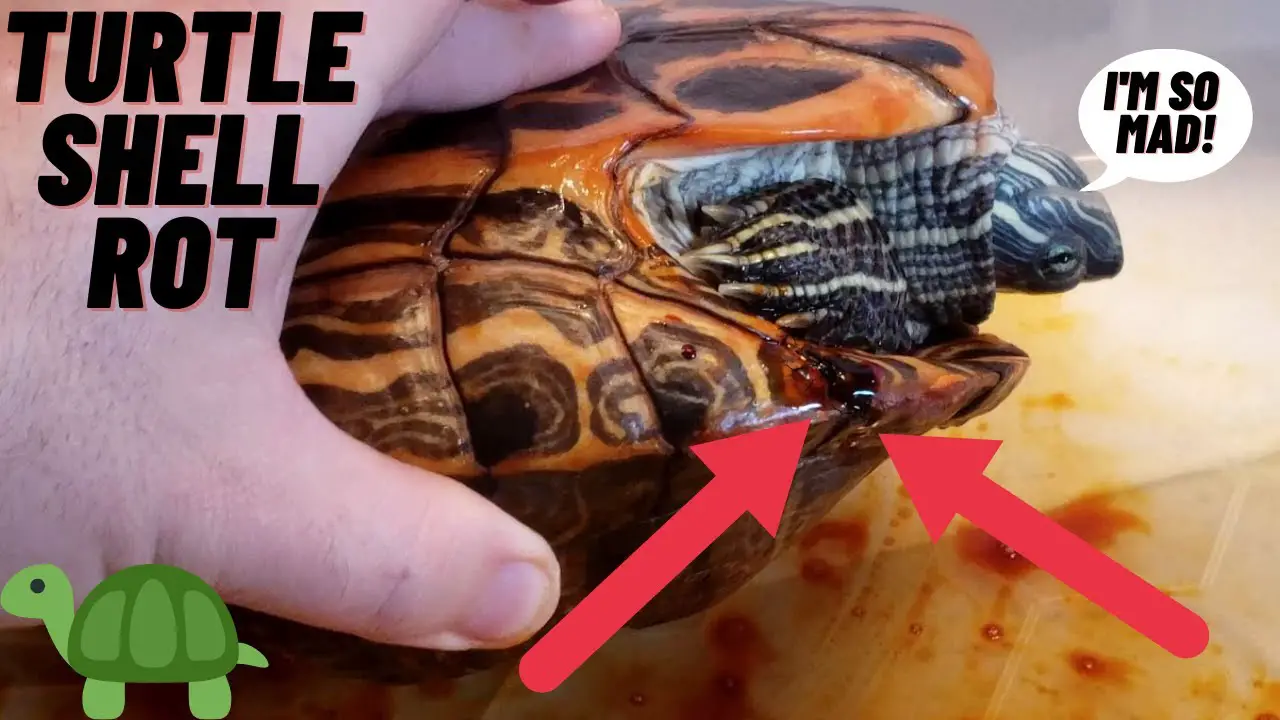So, you’ve decided to become a proud turtle parent, huh? Well, that’s great! But here’s the thing – just like any other pet, baby turtles come with their fair share of challenges. One major issue you might encounter is common shell problems. Don’t worry though, because in this article, we’re going to give you some valuable tips on how to prevent and manage these shell issues in your little shelled friend.
Now, I know you might be wondering what exactly these shell problems are and how to identify them. Don’t fret, we’ve got you covered. In the following paragraphs, we’ll delve into the different types of common shell issues that baby turtles may face, such as shell rot, pyramiding, and soft shells. We’ll discuss their causes, symptoms, and most importantly, how to prevent and treat them effectively. So, if you want to ensure the health and happiness of your little turtle buddy, keep reading because we’ve got all the information you need.
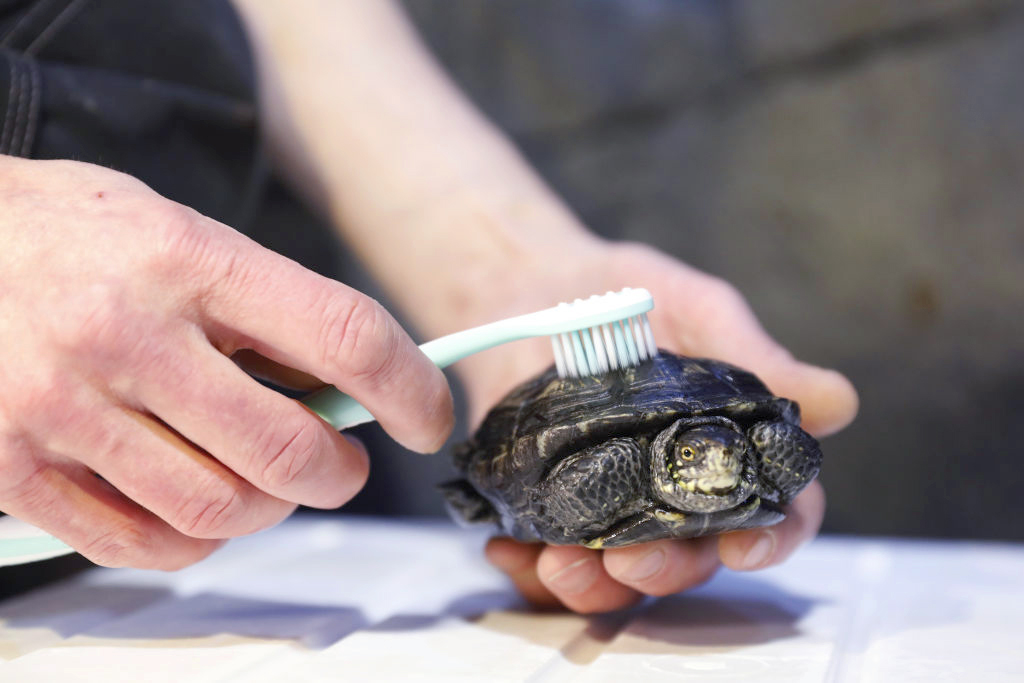
Introduction
Baby turtles are incredibly adorable creatures, but they also require special care to ensure their health and well-being. One of the most crucial aspects of their care is maintaining a healthy shell. The shell plays a vital role in protecting their vital organs, maintaining their balance, and providing buoyancy. However, shell issues can arise due to various reasons such as poor nutrition, inadequate UVB lighting, improper handling, and poor water quality. In this article, we will discuss the importance of a healthy shell, the causes of shell issues, the symptoms to look out for, and most importantly, how to prevent and manage these common shell issues in baby turtles.
Importance of a Healthy Shell
A healthy shell is essential for the overall well-being of baby turtles. The shell serves as a protective shield, safeguarding their vital organs from external threats and potential injuries. Additionally, the shell plays a crucial role in maintaining their balance and buoyancy in water. Without a healthy shell, baby turtles can experience difficulties in swimming, foraging, and defending themselves against predators. Therefore, ensuring the health and integrity of their shells is of utmost importance.
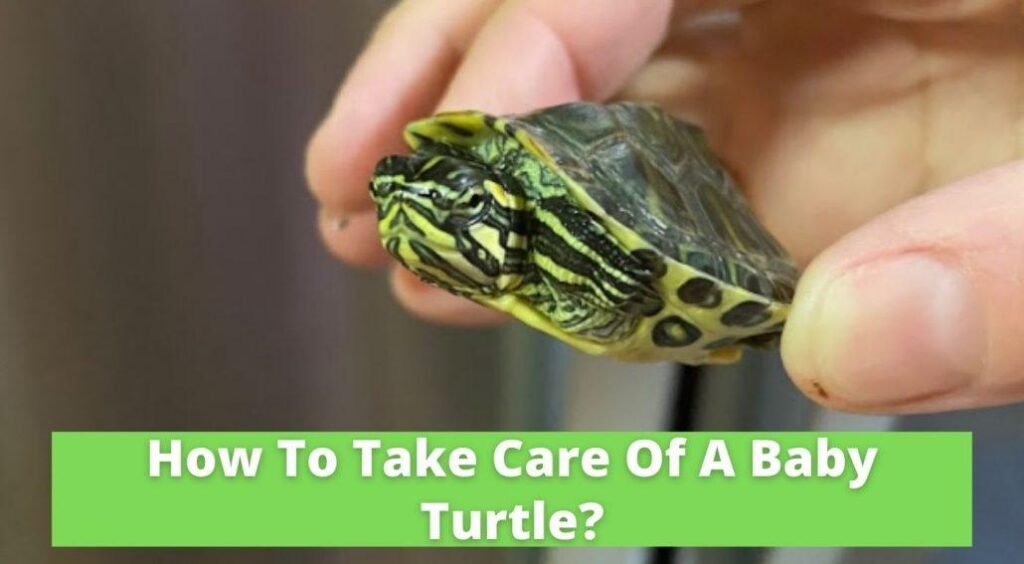
Causes of Shell Issues
There are several factors that can contribute to shell issues in baby turtles. Understanding these causes is crucial for preventing and managing shell problems effectively. Some common causes include dietary imbalances, inadequate UVB lighting, poor water quality, and improper handling.
Dietary imbalances: Baby turtles need a balanced diet consisting of both animal and plant matter. A lack of essential nutrients, such as calcium and vitamin D3, can lead to shell problems. Feeding them a varied and nutritionally balanced diet is essential for their shell health.
Inadequate UVB lighting: UVB lighting is necessary for the synthesis of vitamin D3 in baby turtles. Without sufficient exposure to UVB light, they cannot properly absorb and utilize calcium, which can result in weak and deformed shells. Providing them with UVB lighting sources is crucial for their shell health.
Poor water quality: Baby turtles require clean and properly maintained water. Poor water quality, such as high levels of ammonia or nitrate, can lead to shell issues like shell rot or shell infections. Regular water changes, proper filtration, and maintaining appropriate temperature are essential for their well-being.
Improper handling: Improper handling of baby turtles can also cause shell issues. Dropping them from heights or mishandling them can result in shell fractures or injuries. It is important to handle baby turtles with care and avoid any rough or aggressive handling.
Symptoms of Shell Issues
Detecting and recognizing shell issues in baby turtles is crucial for timely intervention and effective management. Here are some common symptoms to look out for:
Soft or dented shell: If the shell feels soft or flexible, it may indicate shell issues. Additionally, dents or depressions in the shell can also be a sign of underlying problems.
Shell discoloration: Abnormal coloration, such as dark spots, white patches, or unusual patterns on the shell, can indicate shell issues. Discoloration can be a result of infections or mineral deficiencies.
Shell peeling or flaking: If you notice the shell starting to peel or flake, it could signify a problem. This can be a result of inadequate nutrition or shell infections. Peeling or flaking shells should be addressed promptly to prevent further damage.
If you notice any of these symptoms or suspect shell issues in your baby turtle, it is crucial to take immediate action to prevent further progression of the problem.
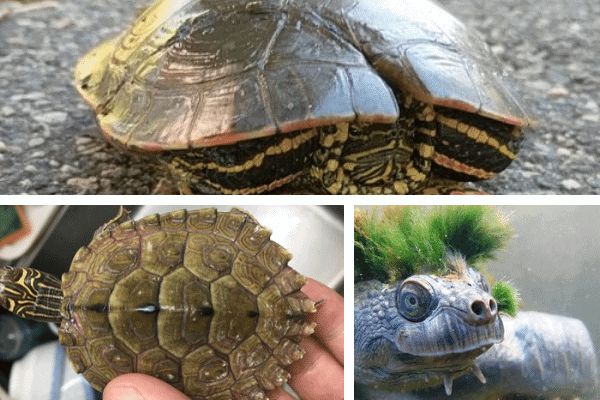
Preventing Shell Issues
Preventing shell issues is always better than trying to manage them later. By providing proper nutrition, maintaining optimal water conditions, and conducting regular shell inspections, you can significantly reduce the risk of shell problems in baby turtles.
Proper Nutrition
A well-balanced diet is essential for the healthy growth of baby turtles’ shells. Their diet should consist of a variety of commercial turtle pellets, along with live or frozen food such as insects, worms, and small fish. Additionally, offering leafy greens and aquatic plants provide essential vitamins and minerals. Calcium and vitamin D3 supplements should also be included to ensure proper bone and shell development. Consult with a veterinarian or reptile specialist to determine the appropriate diet and supplementation for your baby turtle.
Optimal Water Conditions
Maintaining proper water conditions is crucial for the overall health of baby turtles, including their shells. The water temperature should be regulated according to their specific species’ requirements. Keeping the water clean through regular water changes and proper filtration is essential to prevent ammonia build-up and maintain good water quality. Additionally, ensuring the availability of sufficient swimming area and hiding spots in the tank promotes exercise and reduces stress.
Regular Shell Inspections
Regularly inspecting your baby turtle’s shell is an essential part of preventive care. Look for any signs of abnormalities, such as soft spots, discoloration, or irregular growth patterns. Monitoring their growth and development can help identify any potential issues at an early stage. If you notice any abnormalities or changes in their shell, consult a veterinarian or reptile specialist for further evaluation and guidance.
Managing Shell Issues
Despite our best efforts, shell issues can still occur in baby turtles. If you suspect or discover any shell problems, it is crucial to seek professional help and follow appropriate management protocols. Consulting a veterinarian, treating shell infections, managing shell injuries and fractures, and addressing shell deformities are essential steps in managing shell issues effectively.
Consulting a Veterinarian
When dealing with shell issues, it is important to consult a veterinarian with experience in reptile and turtle care. A reptile specialist can provide a thorough examination of the shell, diagnose any underlying problems, and recommend suitable treatment options. They will also guide you on proper care and preventive measures to ensure the long-term health of your baby turtle’s shell.
Treating Shell Infections
Shell infections, such as shell rot or fungal infections, require prompt treatment to prevent further damage and potential complications. Topical treatments, such as antifungal or antibacterial agents, may be prescribed by the veterinarian. Oral medications may also be necessary in severe cases. Additionally, proper wound care and providing a clean and stress-free environment are crucial for the healing process.
Shell Injuries and Fractures
Shell injuries and fractures can occur due to accidents or rough handling. Assessing the severity of the injury is essential to determine the appropriate course of action. In some cases, supportive care, such as splinting or bandaging the shell, may be necessary. Mild fractures may heal with time and proper care, while severe fractures may require surgical intervention. Rehabilitation and close monitoring are crucial during the healing process to ensure proper shell regrowth.
Shell Deformities
Shell deformities can be caused by various factors, including genetic predisposition or improper nutrition. Depending on the severity and type of deformity, corrective measures may be possible. This can include providing proper nutrition, addressing any underlying deficiencies, and implementing appropriate environmental changes. Monitoring the progress of the shell deformity over time is important to determine the success of the corrective measures.
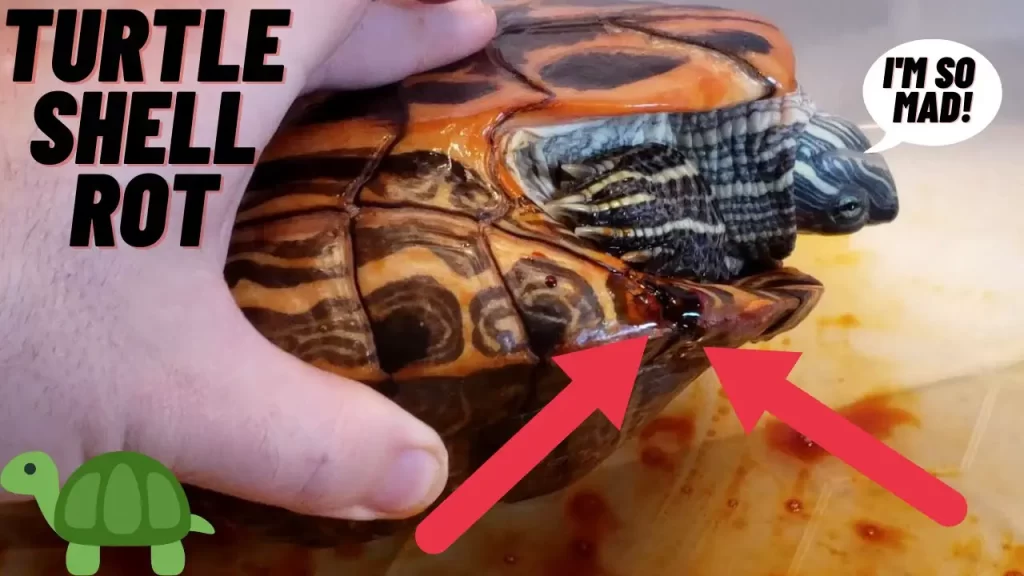
Conclusion
Maintaining a healthy shell is vital for the overall well-being of baby turtles. By understanding the importance of a healthy shell, recognizing the causes and symptoms of shell issues, and implementing preventive measures, you can significantly reduce the risk of shell problems in your baby turtle. However, if shell issues do occur, seeking professional help and following appropriate management protocols are crucial for proper treatment and long-term shell health. Always prioritize preventive care, provide a balanced diet, maintain optimal water conditions, and conduct regular shell inspections to ensure your baby turtle thrives with a strong and beautiful shell.
